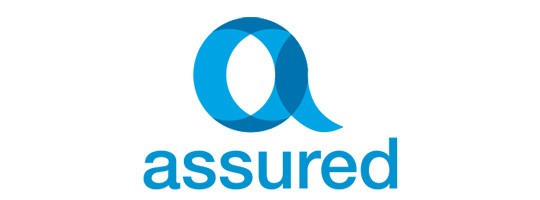Every month I engage in a search and discover mission to find everyday ways to save money so I can share them with you. One thing that all of us have in common is paying the tax man! Making sure you claim everything you’re entitled to can see you taking your money back from the tax man and putting it back where it belongs… in your pocket! That’s why this month I’d like to make sure all the mums and dads out there know all about the Education Tax Refund where you can claim up to 50% back on selected education expenses.
Get 50% Back on Education Expenses!
If you’ve already lodged your return, talk to your accountant about how you can make sure you don’t miss out on your claim and of course, always refer to the official source for any updates which you can find
Our expert mortgage brokers can help you navigate the first home buying process and find the right loan for your needs.Need Help Understanding Your Options?
Other Articles

How to Sell High in a Low Market - Property
How to sell your property so that your potential buyers fall in love with it. These tips will help you prepare your home to best appeal to the market.
Read More
Save Thousands on Your Mortgage - Home Loan Advice
Compare the advantages and challenges of building a new home to buying an established home and discover which option would be better for your next property.
Read More